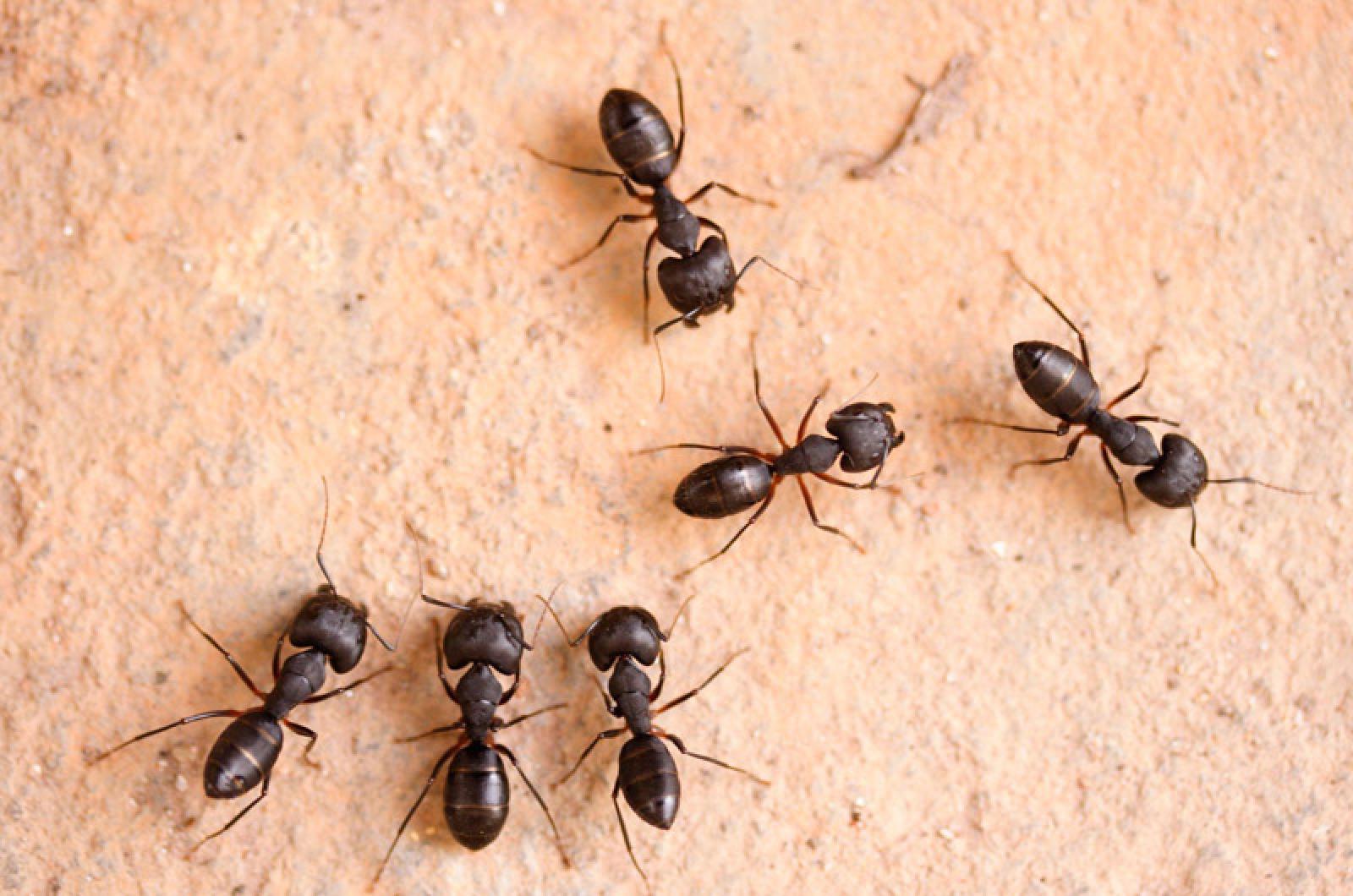If there is power in numbers, then I am feeling very outnumbered.
Entomologist E. O. Wilson understood the implications of a single animal sighting when he remarked, “When you have seen one ant, one bird, one tree, you have not seen them all.”
That is what I am afraid of, multitudes of ant minions. Carpenter ants have found their way into my new home and I fear that there are many more than the ones that I see and squish in my kitchen.
Likely, these six-legged legions have colossal colonies, notable for their numbers of up to 10,000 ants! Hopefully the insect clusters live outside and are sending scavengers to visit my humble abode.
It is good news that these beasts are inside this time of year, since usually breeders make a household appearance in late winter and early spring, and those just looking for food are present late spring to early summer. My unwelcome guests are foragers, coming in through cracks and crevices, not cohabitating nesters that would damage my house. Carpenter ants don’t actually eat wood, they are excavators that create galleries and tunnels through wood.
Since these ants need humidity, keeping things cool and dry will dissuade them from finding permanent residence in my house, as will keeping a tidy home.
Foraging carpenter ants are looking for sweets and proteins, not unlike many of us. In fact, ants may have more in common with us than we might think. Physician, essayist and etymologist (though not an entomologist) Lewis Thomas found many similarities, explaining, “Ants are so much like human beings as to be an embarrassment. They farm fungi, raise aphids as livestock, launch armies into war, use chemical sprays to alarm and confuse enemies, capture slaves, engage in child labour, exchange information ceaselessly.”
But there are many differences between our species also. While humans overall seem to be degrading and damaging habitats, ants are providing a potent plus. These insects are of great ecological value. To quote E. O. Wilson again: “Ants are the leading removers of dead creatures on the land. And the rest of life is substantially dependent upon them.”
And perhaps we can even learn a thing of two from ants. Cartoonist Clarence Day was full of admiration, believing, “Ants are good citizens, they place group interests first.”
Of another type of interest is their use in Mediterranean medicine. While these ants don’t sting, they can bite and their jaws are powerful. One source described an interesting and disturbing procedure: “Ants are used by surgeons to close incisions; they are made to bite together an open wound, and then their heads are severed from their bodies. Their jaws will remain locked until the incision heals.”
So while ants may be welcome in a doctor’s place and have many uses throughout the wild and throughout the world, they are not appreciated in my household.
Suzan Bellincampi is director of the Felix Neck Wildlife Sanctuary in Edgartown, and author of Martha’s Vineyard: A Field Guide to Island Nature.




Comments
Comment policy »